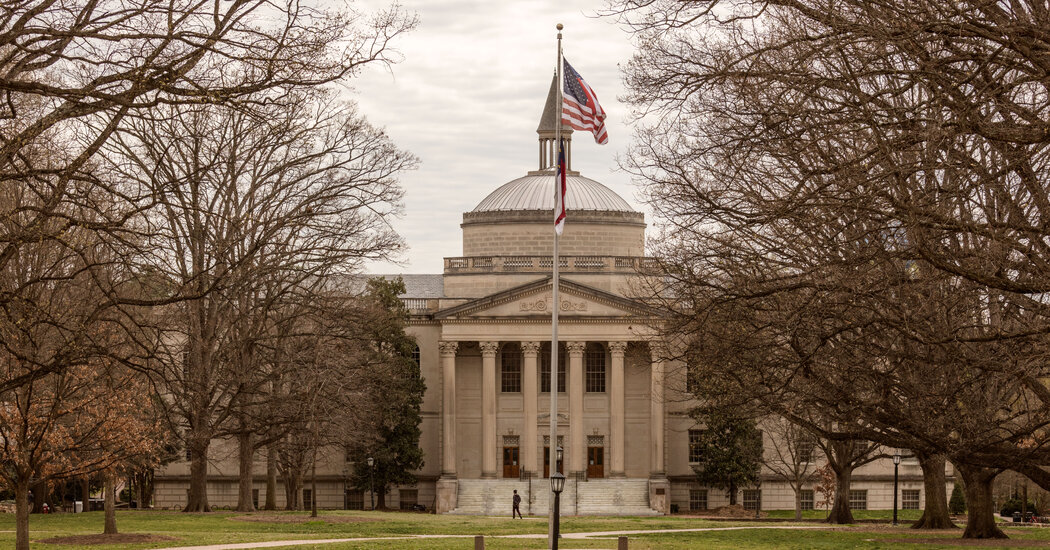
The school acknowledged using race as a criterion in admissions decisions — but not racial quotas — in order to increase campus diversity at North Carolina’s flagship public university. While race can be a “plus” for a given applicant, the university said, it is considered only in the context of “everything else known about an applicant.”
In testimony in a bench trial last fall, Steve Farmer, who was then North Carolina’s provost for enrollment and undergraduate admissions, said the university considered race only as part of a process that takes into account grades, test scores, extracurricular activities, socioeconomic status and family background.
The process had resulted in a racially diverse freshman class in 2019 that was 55.7 percent white, 12.3 percent Asian American, 9 percent Hispanic and 8.9 percent Black.
Judge Biggs, of the U.S. District Court for the Middle District of North Carolina, said in her ruling that the university had not gone far enough in creating a racially diverse class.
“Seventy years after the first Black students were admitted to U.N.C., the minority students at the university still report being confronted with racial epithets, as well as feeling isolated, ostracized, stereotyped and viewed as tokens,” she wrote, adding, “As a whole, underrepresented minorities are admitted at lower rates than their white and Asian American counterparts.”
The ruling by Judge Biggs, who was appointed by President Barack Obama, was merely the latest defeat in a string of losses for Students for Fair Admissions and Mr. Blum in a decade-long quest to eliminate racial considerations in college admissions policies.
Mr. Blum had been behind similar action against the University of Texas. In a 4-3 decision in 2016, the Supreme Court shot down his claim, ruling that universities must be given substantial leeway in building their classes.



